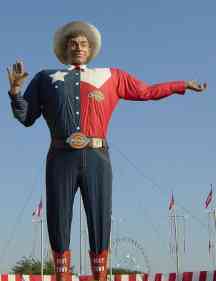
We work our way from works of art mirroring the medieval passion plays or immitating sculpture including the famous triptic on virtues and vices by El Bosco. Alberto Duerto's Adam and Eve are classic sculpture paintings from 1507.
FYI - the Prado also has a Mona Lisa which was likely painted at the same time as the one housed on the Louvre.
It is a delightful collection of art. Fra Angelico (1400 - 1455) works show some of the earliest use of perspective in painting. In the Grand Hall - Titian's work rules the walls. Famous and talented - Titian or Tiziano here is clearly a master of the brush.
Paintings move as we view them from various spots showing the keen use of perspective by the masters like Tintoretto ( 16th century Venetian painter).
We see El Greco's works. This talented Crete elongates his subjects and moves from traditional horizontal canvas to tall vertical dimensions needed for churches of the time. Little know sculptures by El Greco are on view in the salon.
Jose de Ribera who lived in Italy- both Rome and Naples - and a study of Caravaggio's work shows us his mastery of creating texture with paint. His mastery of capturing both suffering and the aging process in his work is remarkable.
The boy prodigy turned master Diego Velasquez (1599 - 1660) takes painting to new heights. The Topers - an inventive painting by the artist - won his position as court painter for King Philip IV. After befriending Rueben who encouraged him to study in Italy - Vulcan's Forge will demonstrate his skills.
Goya's painting Countessa Chinchion is filled with mystery. Married at a young age to the Queen's lover and Prime Minister - her innocence is quickly lost to a world of deceit. In the portrait she is 5 months pregnant and soon to be abandoned by her husband who sole reason for marrying is a dynastic alliance.
Goya (1746 - 1828) left Spain in 1823 for France. In his farm house nearly 40 years later were found his Black Paintings - a rare view into this side of his work. Controversial for both their suspicious origins (his grandson found them years later) and their content. You shouldn't miss seeing these paintings on plaster.
With Goya - we exit leave behind 1800s and rejoin the Madrid of 2012.
Location:Madrid, Spain


No comments:
Post a Comment